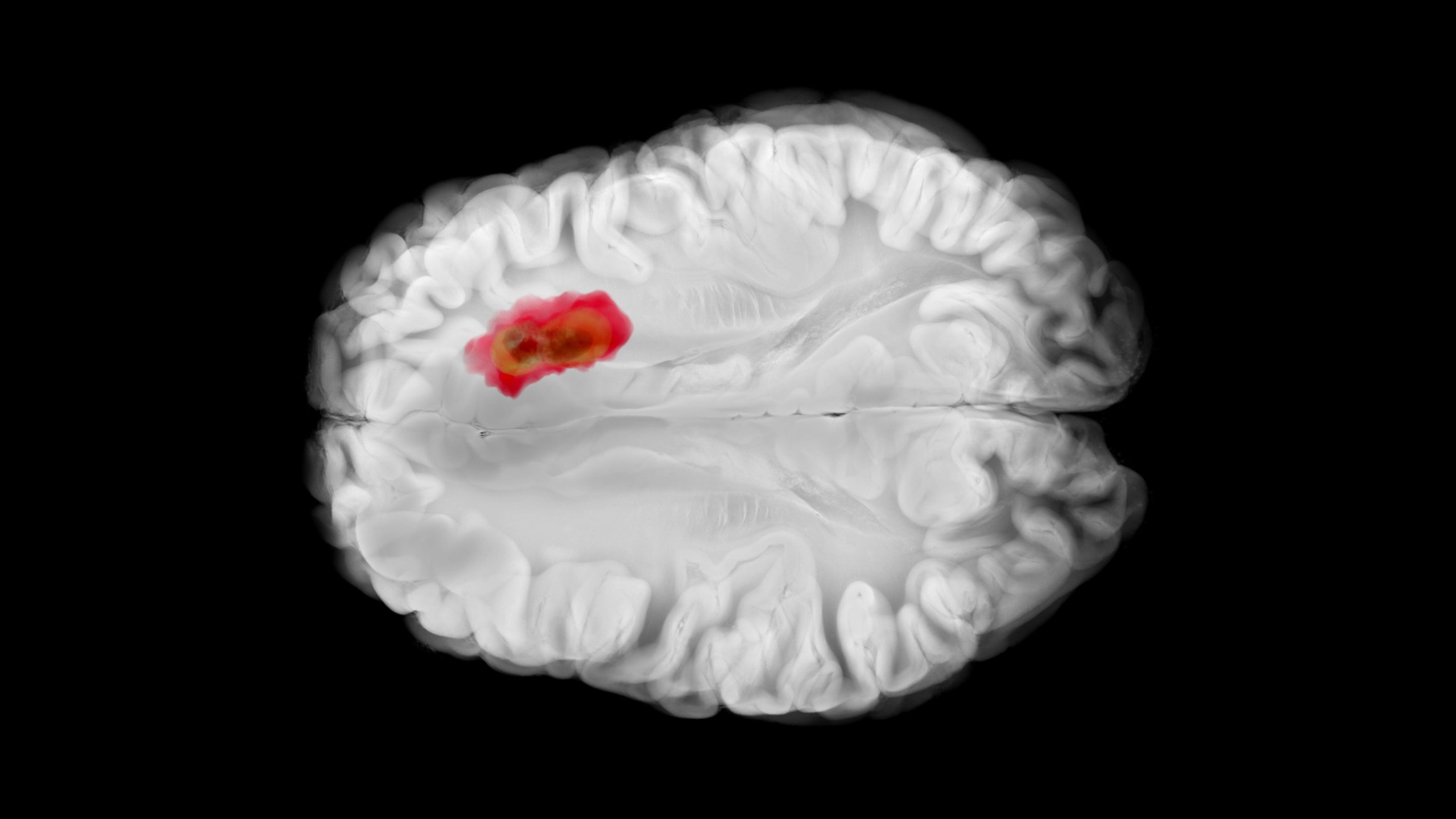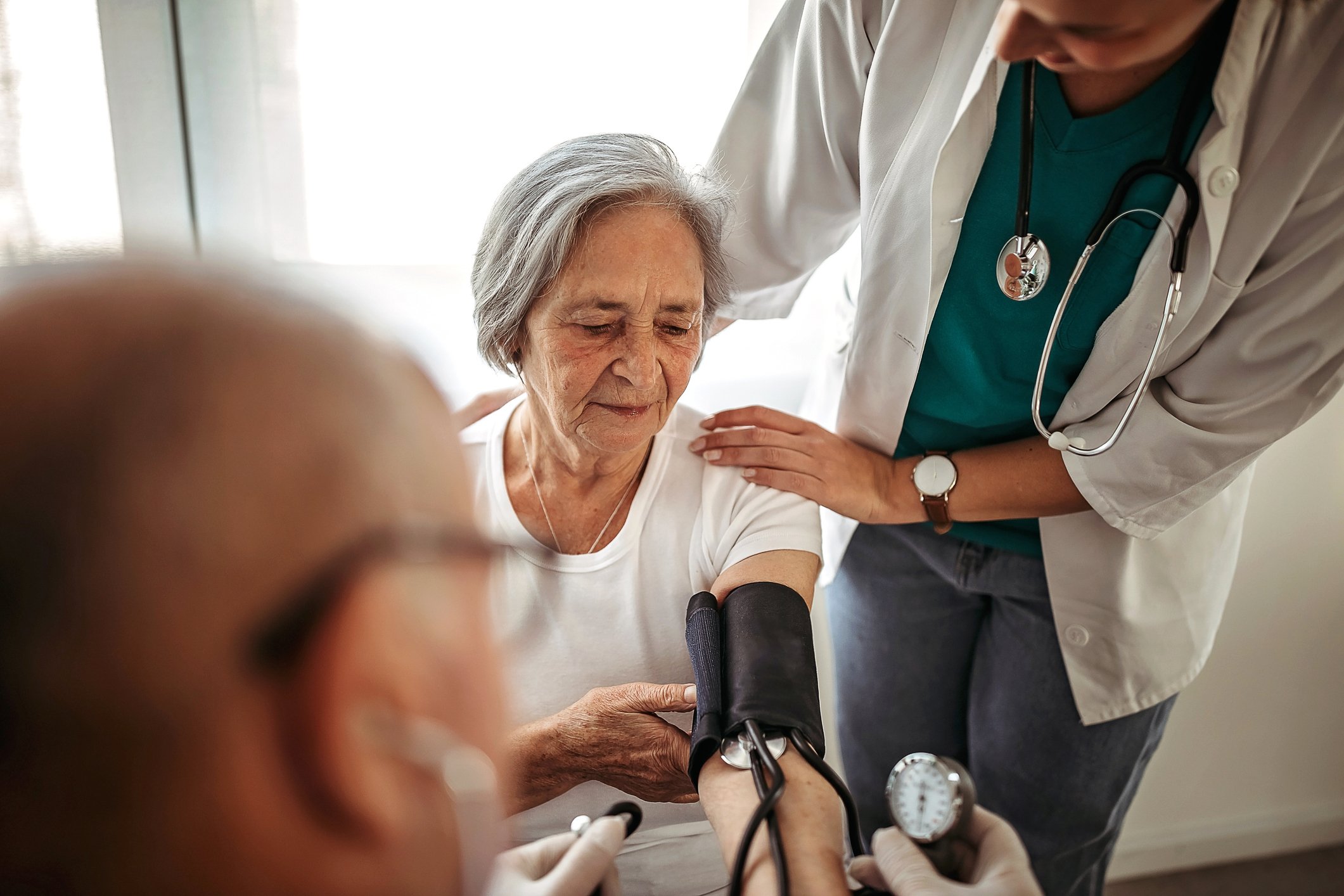Atrial fibrillation (VHF), the most common cardiac arrhythmia, already affects about 100,000 people in Switzerland. Within the next 50 years, the prevalence is expected to double. Reason enough to give patients and physicians the opportunity at the 1st Bern Atrial Fibrillation Day of the Swiss Heart Rhythm Foundation to be informed by cardiologists about the current state of knowledge and therapeutic options for VHF.
The 1st Bern Atrial Fibrillation Day was organized by the Swiss Heart Rhythm Foundation(www.shrs.ch) in collaboration with the Cardiology Community Practice Bern (www.kgp-bern.ch) as a parallel event with public lectures for affected and interested persons and as continuing education for more than 70 interested physicians. Speakers from all over Switzerland and neighboring countries conveyed the latest state of research. Causes (e.g. hypertension), consequences and their treatment options (stroke and anticoagulation) as well as therapeutic options (drugs and catheter ablation) were discussed.
Risk factor hypertension
Atrial fibrillation (VHF) is not only a consequence of old age and heart disease, but is influenced by many individual factors. These include age, concomitant diseases, size and function of the left atrium, duration and frequency of attacks, risk of thromboembolism, risk of bleeding and, last but not least, the very different symptoms experienced by those affected. Epidemiologists now associate the disease with diseases of civilization such as obesity and hypertension, and even with air pollution, explained Stefano Rimoldi, MD, PhD, of the University Department of Cardiology at the Inselspital in Bern [1].
50-90% of patients with VCF have arterial hypertension, which increases the risk of VCF by a factor of 1.5. BP and VCF are linked by two axes: organic and neurohumoral. Left atrial enlargement, fibrosis and remodeling, left ventricular hypertrophy, and arterial stiffening are organic changes that are readily measurable by various techniques. “The importance of HbA1c to the diabetologist is comparable to the importance of an enlarged atrium to the cardiologist,” Dr. Rimoldi explained. In practice, the blood pressure amplitude is a measure of vascular stiffness, the direct measurability of which is only possible in the vascular catheterization laboratory. On the neurohumoral side, sympathetic activation and increased activity in the renin-angiotensin-aldosterone system are pathophysiologically prominent. Dr. Rimoldi’s take-home message was, “As primary prevention of VCF in hypertension, administration of an ACE inhibitor or ARBs is indicated. Secondary prevention also consists of ACE inhibitor or ARBs.”
Cardioversion
Christian Müller, M.D., collaborating physician in the KGP from Bern, referred in his remarks on drug therapy and cardioversion to the ESC guidelines [2], where evidence-based algorithms can be found. Whether pharmacologic or electrical cardioversion is better in a particular case depends on numerous factors, not the least of which is patient preference, he said. Most of the antiarrhythmic drugs (AAR) under consideration have been in use for this indication for some time (amiodarone, flecainide). Vernakalant and dronedarone are new – but only for special indications. Vernakalant (Brinavess®) may be used to restore normal heart rhythm in recent onset atrial fibrillation. It is administered parenterally by healthcare professionals and acts selectively at the atrium of the heart by blocking ion channels [3]. Dronedarone (Multaq®) is used as a second-line agent for the treatment of non-permanent atrial fibrillation. It reduces the recurrence rate of these arrhythmias, stabilizes sinus rhythm, and lowers heart rate [3].
A possible concept is also “pill in the pocket”: the patient takes his AAR as needed (flecainide, propafenone together with a beta-blocker) [2].
Interventional therapy
Reports of focal electrical depolarization in muscle strands within the pulmonary veins as triggers of atrial fibrillation are the basis for interventional therapy presented by Thomas Stuber, MD, Chairman of the Board of Trustees of SHRS, Bern. Pulmonary vein isolation (PVI) uses a catheter technique to cut these muscle strands from endocardial, isolating the trigger from the atrial myocardium. Today, radiofrequency current ablation (HFS) is considered the gold standard because it is the most experienced procedure worldwide.
Cardiologists usually do not find it difficult to stop atrial fibrillation with medication or electrically, the expert said. In most patients, however, recurrence occurs sooner or later. Only catheter ablation can show consistently high success rates, but this often requires multiple procedures, as explained by Martin Rotter, MD, of KGP in Bern, Switzerland, and Thomas Rostock, MD, of the University Medical Center Mainz, Germany [4]. Patients should be educated about the advantages and disadvantages of all therapies and know that no treatment can rule out subsequent recurrence. Dr. Stuber described the ideal patient for catheter ablation as follows: paroxysmal VHF, normal-sized atria, no structural heart disease, not severely overweight, symptomatic, complications such as tachycardiomyopathy, drug intolerance.
Anticoagulation with NOAKS
For more than 50 years, vitamin K antagonists (VKA [Phenprocoumon/Warfarin]) have been used as standard therapy for the prophylaxis of ischemic stroke and systemic embolism in atrial fibrillation. Stephan Andreas Müller-Burri, MD, from the Triemli City Hospital in Zurich, briefly discussed the problems in practical application: narrow therapeutic range, numerous interactions, and the need for bridging therapy prior to interventions or operations and regular coagulation monitoring. On the last point, however, the new oral anticoagulants (NOAKS) are in no way inferior, showing that regular monitoring of kidney function can often become similarly time-consuming, according to his experience.
The large randomized NOAK trials-RE-LY (dabigatran), ROCKET-AF (rivaroxaban), and ARISTOTLE (apixaban)-have shown either noninferiority with equal (rivaroxaban) and lower (dabigatran 2× 110 mg) bleeding rates or even superiority (dabigatran 2× 150 mg, apixaban) compared with VKA [5]. The advantages of NOAKs are more specific efficacy and simplified handling. Faster onset and reduced inter- or intraindividual variability may obviate the need for overlapping therapy with heparin. Coagulation controls are not required. Disadvantages: Standardization in the handling of substances is still lacking. In the absence of specific antidotes, therapy for bleeding complications is limited to symptomatic care. Under therapy with dabigatran, dialysis may be considered in emergency situations. With rivaroxaban, administration of prothrombin complexes (25-50 U/kg) or activated factor VII (90 µg/kg) is possible, but randomized data for clinical verification are lacking. Taking into account the short half-life, time is the most important factor to counteract a bleeding complication, Dr. Müller-Burri emphasized.
Source: 1st Bern Atrial Fibrillation Day of the Swiss Heart Rhythm Foundation in collaboration with the Cardiology Community Practice Bern, May 1, 2014, Bern.
Literature:
- Chugh SS, et al: Worldwide A Rising Tide: The Global Epidemic of Atrial Fibrillation 2010 Study. Circulation 2014; 129: 829-830.
- Camm AJ, et al: 2012 focused update of the ESC Guidelines for the management of atrial fibrillation: an update of the 2010 ESC Guidelines for the management of atrial fibrillation. Eur Heart J 2012 Nov; 33(21): 2719-2747. doi: 10.1093/eurheartj/ehs253. Epub 2012 Aug 24. www.escardio.org
- Drug Technical Information Switzerland.
- Sanders P, et al: Long-term Outcomes of Catheter Ablation of Atrial Fibrillation: A Systematic Review and Metaanalysis. J Am Heart Assoc 2013; 2(2): e004549.
- Dentali F, et al: Efficacy and Safety of the Novel Oral Anticoagulants in Atrial Fibrillation – A Systematic Review and Meta-Analysis of the Literature. Circulation 2012; 126: 2381-2391.
CARDIOVASC 2014; 13(3): 18-21













